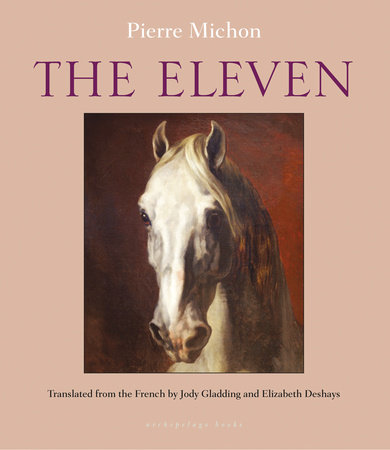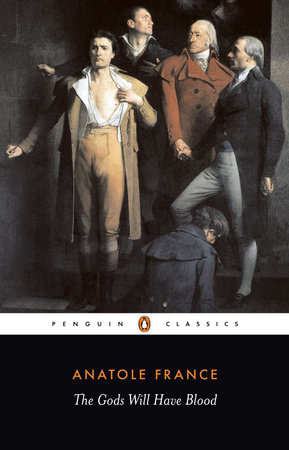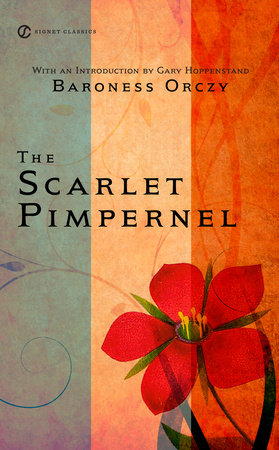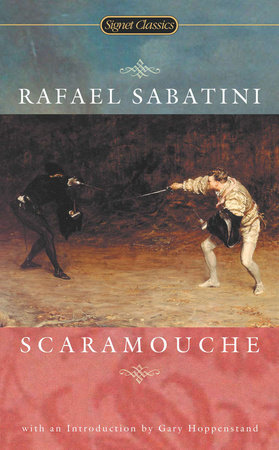On the 230th anniversary of what the French call quatorze juillet (July Fourteenth), and we call Bastille Day, when that infamous fortress was seized—of which no trace remains but a few stones moved to another location and an opera house on the site which bears its name—it’s amazing to recall the space it occupied in the popular imagination. As Jules Michelet writes in his History of the French Revolution:
“The Bastille was known and detested by the whole world. Bastille and tyranny were, in every language, synonymous terms. Every nation, at the news of its destruction, believed it had recovered its liberty.”
Even though only a handful of prisoners were left to liberate by that time, everyone recognized the symbolic importance of the moment when power passed from the crowned head of France into the calloused hands of the people. Except the king himself.
Away at Versailles, Louis XVI went to bed early and unperturbed. The Duke of Liancourt woke him to explain the enormity of what had just happened. The king, still half asleep, asked if it was a revolt. According to Michelet, the Duke’s grim response was, “Sire, it is a revolution.”
Here, in deliberately random order, are fourteen books, each offering a different perspective on the seminal event that changed the course of history in France . . . and in the world:

A Place of Greater Safety by Hilary Mantel
Mantel’s astonishing gift for bringing history to life, on full display in Wolf Hall and Bring Up the Bodies, is just as evident in her earlier novel about the French Revolution, where three men emerge from provincial obscurity to dazzling influence in Paris. In this page-turner (with some 800 pages to turn), Mantel shows how the braided destinies of Danton, Robespierre, and Camille Desmoulins were inseparable from the course of the Revolution: from exhilaration to excess, from power that goes to men’s heads, to the violence that in turn claims their heads.

The Eleven by Pierre Michon
In this slim volume, an unnamed narrator describes Corentin’s famous painting, “The Eleven,” a group portrait of the Committee of Public Safety during The Terror which followed the Revolution. The primary concern of the eleven men (with Robespierre at their center) was for their own safety, which they ensured by sending their old allies, Danton and his followers, to the guillotine. “The Eleven is not a painting of History, it is History,” writes Michon slyly, for there is no such painter, and no such painting; but if History tells us about the men whose signatures sent thousands to their death, Art ensures that they will live forever in their infamy.

The Marie Antoinette Romances Series by Alexandre Dumas
The Marie Antoinette Romances Series comprises of five novels—Joseph Balsamo, The Queen’s Necklace, Ange Pitou, The Countess de Charny, and The Knight of Maison-Rouge—filled with palace intrigue and Dumas’ characteristic plotting and pacing, detailing the conflicted loyalties between revolutionary ideals and royalist sympathies. It’s astonishing how Marie-Antoinette, so loathed by her people, is so loved by writers. And by royalists like the Knight of Maison-Rouge, who tried to save her life.

The Gods Will Have Blood by Anatole France
The Gods Will Have Blood is the story of an unsuccessful painter during the Reign of Terror that swept over France: Évariste Gamelin is a follower of Robespierre, and his fanaticism about the ideals of the Revolution outweighs his love of family and friends, whom he consigns to the guillotine as a juror on the Revolutionary Tribunal. The times ensure that any portraits of the era are painted not in oils or aquarelles, but in blood.

The Scarlet Pimpernel by Baroness Orczy
Originally a play, this novel loses none of its theatricality in the transition from stage to page. A dim English baronet, Sir Percy Blakeney, is such a master of disguise that even his own wife doesn’t know he is the dashing Scarlet Pimpernel, who leaves messages with his characteristic insignia of the little red flower––from which he takes his sobriquet––as he foils the French revolutionaries and rescues French aristocrats from the guillotine.

Scaramouche by Rafael Sabatini
From a famous first line to famous last words: “He was born with a gift of laughter and a sense that the world is mad” is chiseled on the author’s tombstone. Andre-Louis Moreau tries to avenge his friend’s death by the Marquis de la Tour d’Azyr and stirs up the crowd with revolutionary words only to find himself forced to flee for his life. He disguises himself as Scaramouche in a traveling company of commedia dell’arte players and finally, during the French revolution, meets his friend’s killer and challenges him to the long-awaited duel.

Our Lady of the Potatoes by Duncan Sprott
A story as racy as the life of Marie-Louise Murphy—a woman of Irish descent, whose name morphed into Morphi in French and whose titillating nude portrait by François Boucher attracted the attention of King Louis XV. She went from the proverbial gutter to become one of his petites maîtresses, little mistresses—hidden from view as opposed to the maîtresses-en-tître presented at court. But once she vied to replace the official mistress, Madame de Pompadour, she was quickly banished from Versailles.

Farewell, My Queen by Chantal Thomas
The story is told through the eyes of Agathe-Sidonie Laborde, whose job is to read to a Queen not particularly interested in books. The court at Versailles is a parallel universe to the unrest in Paris, with courtiers dining sumptuously while citizens starve in Paris. Long after Marie-Antoinette lost both the loyalty of her subjects—their affection she never had—as well as her head, Agathe-Sidonie, who escaped from Versailles, remains faithful; she is clear-eyed about the court, but still dazzled by the Queen.

The Count of Chanteleine by Jules Verne
One of Jules Verne’s lesser-known works, the Count of Chanteleine bands together with local peasants and priests as they fight to preserve the old traditions of France. They are loyal to a land of church steeples and a history of crowned heads, and united against the Revolutionary Army that would tear it all down. He loses everything in the fight, his home destroyed, his wife murdered, his daughter on her way to the guillotine. Can he save her?

Ninety-Three by Victor Hugo
Victor Hugo last novel, Ninety-three, deals with the most terrible year of the French Revolution. The idealism and optimism of 1789 had darkened into blood and betrayal, with its most violent counterrevolutionary manifestations in the Vendée, where the bloodletting between the monarchist blancs and the revolutionary bleus was more ferocious than at any time in Paris. (This historical terrain was also the setting for Balzac’s novel Les Chouans.)

Les Nuits de Paris by Restif de la Bretonne
Prolific and often voyeuristic, Bretonne claims he has promised a noblewoman that he will report his nocturnal wanderings to her. This fictional framework allows him to blend fact and fabrication, first-hand accounts and hearsay. Above all, these sketches give an invaluable contemporaneous rendering—a precursor to today’s fascination with eyewitness news—of the nights in Paris during the revolution and its aftermath.

The Devil’s Laughter by Frank Yerby
Frank Yerby, prolific and popular in his own time but largely neglected now, tells the story of Jean Paul Marin, who starts out as a poor country lawyer, and through the revolution rises to become one of the most important men in France. While he believes in the ideals of the revolution, his grudge against the nobility is as much personal as political.

City of Darkness, City of Light by Marge Piercy
For once, three women are given equal weight as actors in the Revolution, and indeed, one of them is a performer whose theater group puts on plays for aristocrats. Both Claire Lacomb, the actress, and Pauline Léon, a chocolate-maker, founded The Society of Revolutionary Republican Women to argue for women’s equal rights, but they were firmly put down by a political movement that seemed to loathe independent women as much as aristocrats. The third woman is Madame Manon Roland, who disseminated revolutionary ideas in her salons. Though Danton, Robespierre, and the Marquis de Condorcet also appear, it’s interesting to see women in the spotlight.

A Tale of Two Cities by Charles Dickens
Perhaps the single fictional woman most closely associated with the Revolution is the infamous Madame Defarge, one of the tricoteuses regarding the sliced heads of the guillotine’s victims as calmly as they treat a dropped stitch in their knitting. The family drama of Dr. Manette, a prisoner released from the Bastille, his daughter Lucie, and the two men who look uncannily alike—Sydney Carton and Charles Darnay—plays out against the backdrop of the Revolution. The opening lines are justly famous; but more pertinent is the warning: “Crush humanity out of shape once more, under similar hammers, and it will twist itself into the same tortured forms. Sow the same seed of rapacious license and oppression over again, and it will surely yield the same fruit according to its kind.”
The post 14 Bastille Day Books to Read If You’re Considering a Revolution appeared first on Electric Literature.
Source : 14 Bastille Day Books to Read If You’re Considering a Revolution









